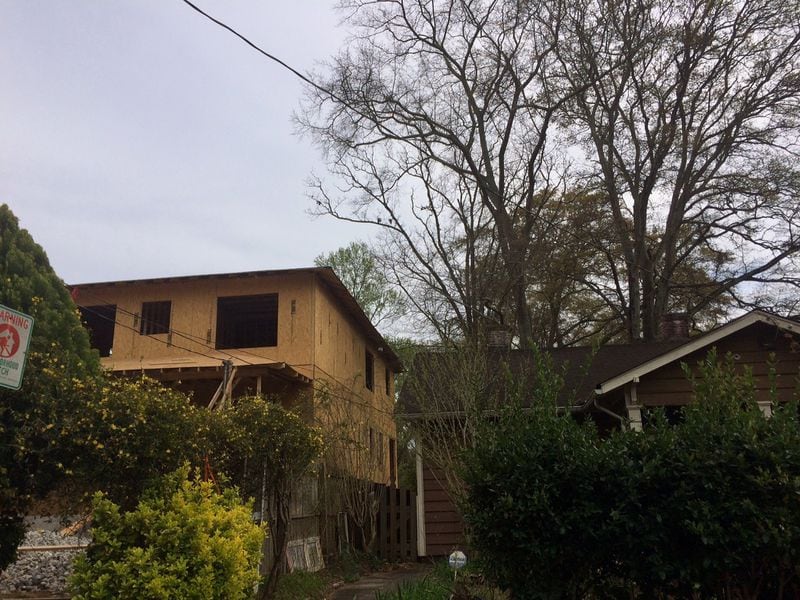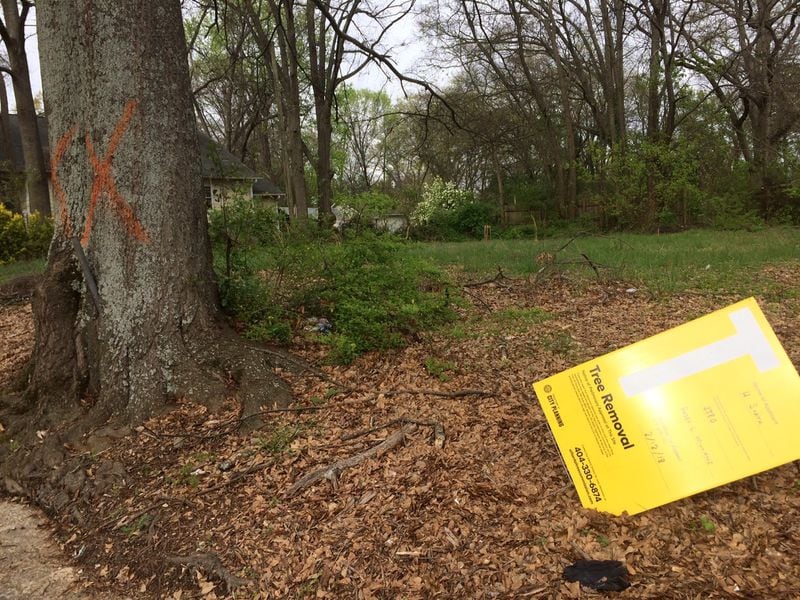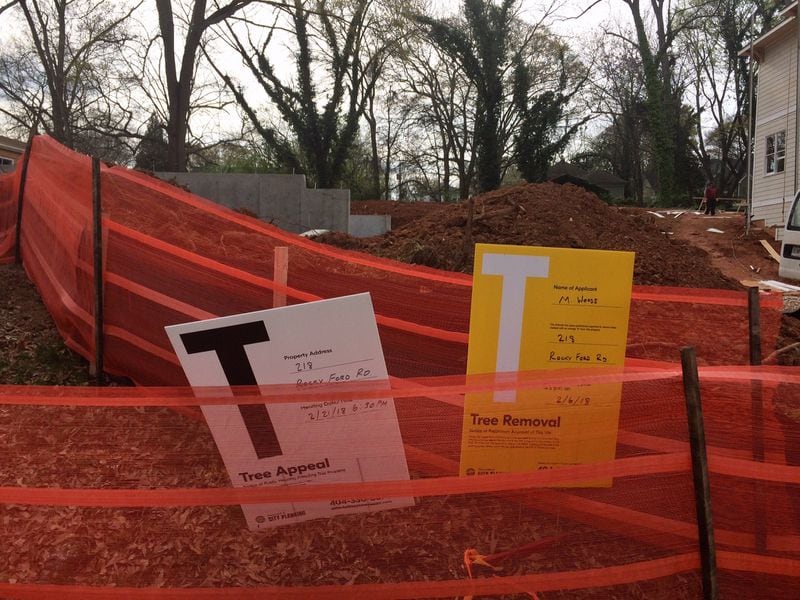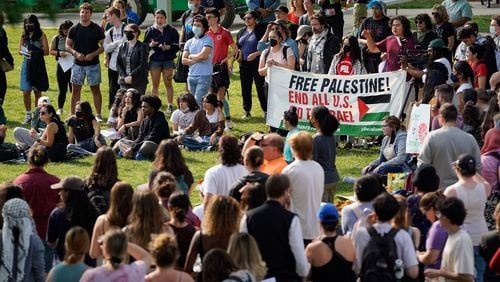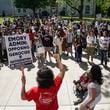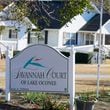Last June, I wrote about Atlanta's ongoing Chainsaw Massacre, when builders in a residential Buckhead neighborhood whacked more than 800 trees to plop a couple of developments across from each other.
Weeks later, the city announced a six-month moratorium on removal of more than 10 trees on parcels zoned residential and bigger than 5 acres.
The move provided a slight speed hump for the bulldozers. But trees with red X’s remain as common throughout the city as potholes.
A couple of the more notable tree annihilations are, sadly, at parks. More than 800 were toppled at Bobby Jones Golf Course (the state of Georgia don't have to listen to stinking local ordinances), and some residents at Grant Park fought a losing battle against 200 trees getting cut to build a monstrous parking deck near the zoo.
But the real action is occurring in Atlanta’s side streets, as intown properties are hot and folks can no longer be confined to squeezing themselves into 2,200 square feet. Houses once big enough for families of four are no longer large enough to handle the Lexus SUV.
As modest homes get scraped and replaced by old-timey looking McMansions, mature trees are going down in twos, threes and fours. It's death by a thousand chops for the City in a (Shrinking) Forest's tree canopy.
“When times are good, times are bad for trees,” said Greg Levine, co-director of Trees Atlanta, the org that oversees planting after trees are cut down.
He said 40 percent of the city’s residential development is smaller houses getting replaced by bigger. “We’re seeing more square feet per individual, but we’re not getting more individuals into the city,” he said. (He’s talking about residential neighborhoods. Many more residents are coming to live in the zillions of apartments going up everywhere.)
The higher-end the community, the more expensive the soil, the more trees are endangered.
“Chastain, Virginia Highland,” he said, noting some hard-hit neighborhoods. “Reynoldstown is a wipeout. We’re seeing it in East Atlanta. And it’s going to hit West Atlanta.”
The latter is gentrification’s newest frontier.
Atlanta’s goal is to have a 50 percent canopy cover, Levine said. A study recently conducted by Georgia Tech found that the city’s canopy largely stayed the same — at 47 percent — from 2008 to 2014.
That’s good, right?
Not so fast.
A closer look found that many mature trees were gone, replaced by a “canopy” of newer pines, junk trees or even kudzu covering lots that were cleared but never built. And much has happened since 2014, because that’s when infill development went into hyper-drive.
“I think we’ll be frightened when we see the 2018 information,” said Levine, noting that the city is looking to rework its tree ordinance.
Currently, the ordinance is largely an actuarial chart that determines the fee a builder or property owner must pay when downing a tree. If they do it without permission, that fee becomes a fine. That is if they are caught, which more often than not, they aren't.
Kathryn Kolb, a naturalist who lives in the now-popular East Lake neighborhood, is doing what she can to make sure chainsaw artists don't get away with tree murder.
“No tree ordinance (in metro Atlanta) really prevents trees from being cut down,” she said. “You pay a fee and it gets cut down. There’s nothing between the chainsaw and the trees.”
The fees and/or fines are comparatively low, pretty much a rounding error in the cost of building homes, like the developer figuring in the cost of the shutters.
I drove around the neighborhood filled with trees ranging from 100 years old to some that were saplings in 1821 when the Indians were pushed from their land.
"Huge swaths of urban forest are coming down," Kolb said. "On Arbor Avenue we've lost trees between 150 and 180 years old in the last three years."
It always seems that way. Name a street or a subdivision for trees and you’re sure to find sawdust.
We drove around East Lake and Kirkwood to investigate. Denuded lots with raw clay and few or no trees were not uncommon, as were dozens of recently built faux Craftsman homes.
Often they sat next to smaller and older homes with four, five or six old oaks.
We slowed down on Arbor Avenue. “See that?” she said, pointing to a 170-year-old tree in the back of a large, new home with a long driveway and a sumptuous garage. “There was another 150-year-old tree but they trenched the roots.”
Goodbye, Civil War-era tree. A corner lot saw the devastation of three large trees between 135 and 150 years old.
She counts the rings after they are down.
It seems we’re stopping every half-block for Kolb to point something out.
We slow down on Tupelo Street. “See that big tree there? It’s standing because I appealed it,” she said. It was a boundary tree, not on the property with the construction, but close enough where the roots would have been damaged with the activity.
On Knox Street, we pull over where four or five old houses remain in a row and dozens of massive trees still stand. For now.
“See all those trees in the backyards? It’s an urban forest,” she said. “We’re losing that to gentrification. We lose those trees to the large garages, the driveways and the big turnarounds.”
People just must have ‘em, I suppose.
I called Laura Dobson, a resident of Buckhead who fought a losing battle last year in the tree massacre noted up top.
She told me the tracts of land have since been cleared, as are numerous smaller lots.
“I hope the new tree ordinance will help,” Dobson said. “This is a crisis in creativity, in not being able to embrace what we have and figuring out ways to build around it.”
About the Author

